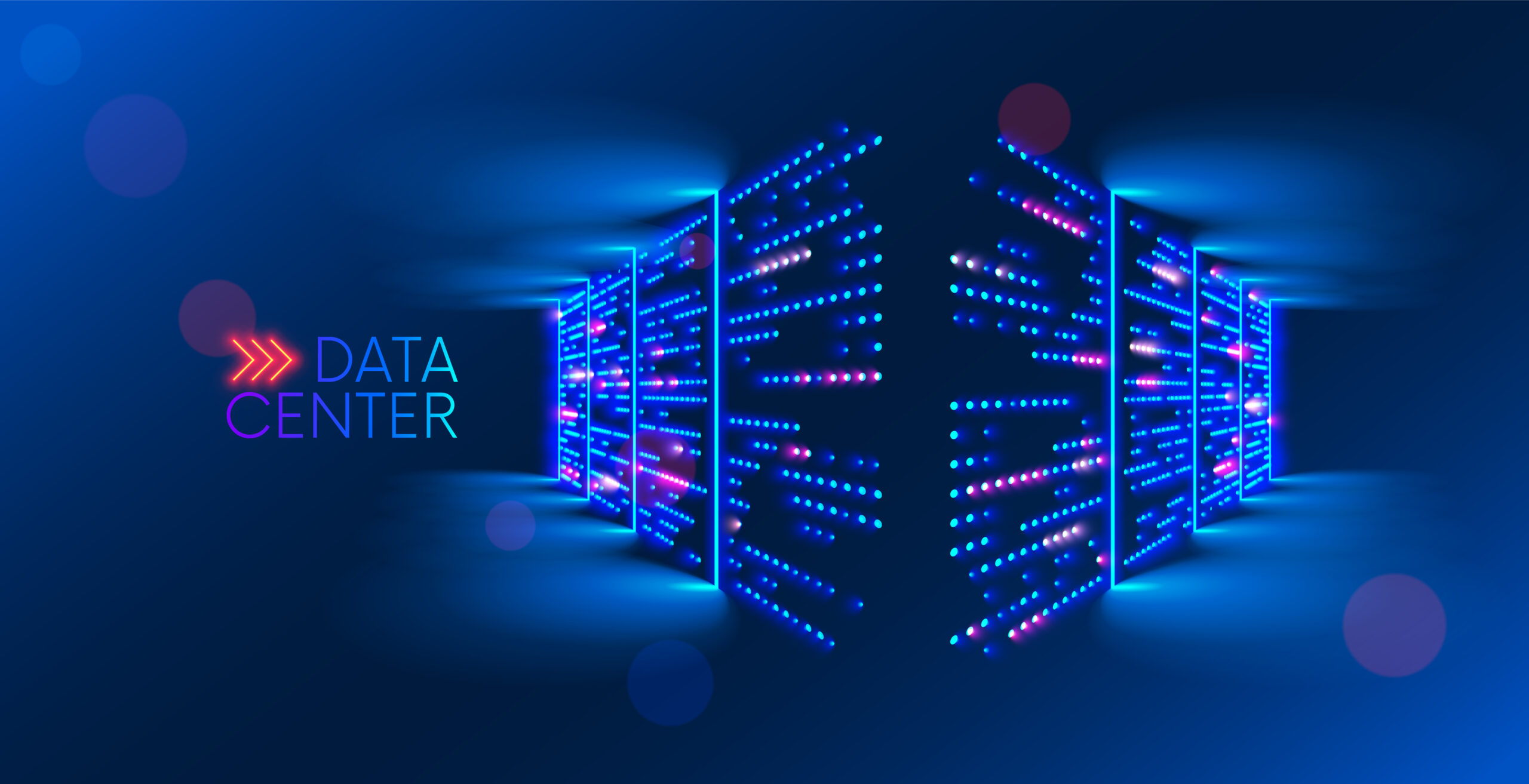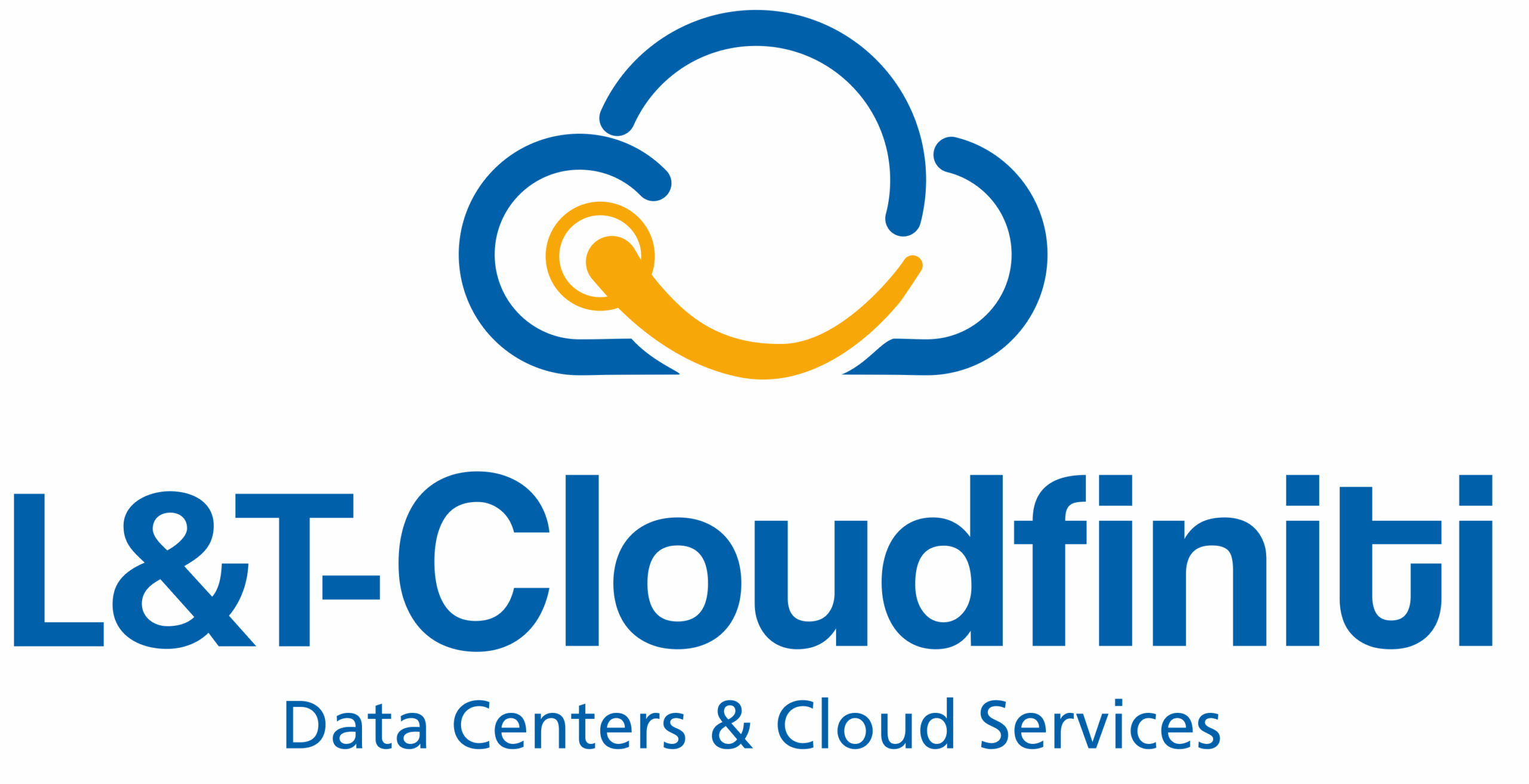
Exploring the Various Types of Data Centers
Exploring the Various Types of Data Centers
Posted on 2024-09-27
Over time, the fundamental meaning of a Data Center has remained unchanged: Any facility that houses IT infrastructure together with all the systems, networks, applications, and overhead (ie. space, electricity, cooling, racks, cabinets, cabling, etc.) required to keep such technology operational is referred to as a Data Center by Businesses or Third-Party providers.
The need for AI and Hyperscale cloud workloads is growing, and many businesses realize they need more than just traditional Private Data Centers to handle these workloads. Consequently, companies are using different types of Data Centers in different locations, frequently with assistance from Third Party service providers.
With the advancement of technology, Data Centers will continue to change. New types will get greater attention and funding, while traditional DC will lose significance. The types of DCs are elaborated as below;
- Enterprise Data Centers
Enterprise Data Centers support anything from few handful of servers to few thousands and are owned and operated by a single company. Usually found in the company’s headquarters, they could be off-site for cost-effectiveness or for Business Continuity purposes.
As per the expert’s predictions although the enterprise Data Center would eventually die, many businesses still own and run their own DC facilities. If an organization needs the control of a privately owned facility or has special applications or networking requirements, they operate their own Data Centers.
In such Data Centers typically in-house IT department manages the IT equipment and infrastructure while back-end Data Center components and equipment may be outsourced or managed by the internal facilities management team in conjunction with IT.
- Colocation Data Centers
Colocation Data Centers also known as Multi-tenant Data Centers, are frequently used by businesses that lack the Space or IT Team to operate their own Enterprise Data Center. This allows them to redirect their manpower and financial resources to other initiatives.
This is the most popular and most reasonably priced type of Data Center as colocation facility. Here large number of clients can share the colocation Data Center facility, that serves several tenants or clients (multi-tenants). The cost-effectiveness of Colocation Data Centers is one of their key benefits since you can lease power, cooling, and other amenities from your Data Center operator.
Increasingly, both traditional IT organizations and newer cloud-native companies are using Colocation Data Centers with digital infrastructure services to run and scale their global IT operations more efficiently.
- Hyperscale Data Centers
The term “Hyperscale” refers to Data Center size as well as the ability to scale up capacity in response to demand. It is a large-scale distributed computing center that supports high volume data processing, computing, and storage services.
What sets Hyperscale Data Centers apart from other type is their size and scale.
These are enormous facilities that may house tens of thousands of servers, switches, server racks, and other equipment. Many of them are larger than 10,000 square feet in size. Their meticulous design aims to optimize energy efficiency and simplify maintenance, hence minimizing operational expenses and guaranteeing highest levels of availability.
As demand for high-capacity workloads like Cloud Computing, Big Data Analytics and AI continues to grow, the Hyperscale Data Center market appears set to grow with it.
Companies like Amazon, Microsoft, Google, and Meta all use hyper-scale data centres.
- Edge Data Centers
Edge Data Centers are distinguished from other types by their location.
Away from a central ‘Hub’ like an Enterprise Data Center or the cloud, Edge Data Centers are situated at the edge of the network. By putting computation and storage resources closer to users, organizations may lower latency and improve the experience of their employees and customers. IoT applications benefit greatly from edge computing as it enables businesses to process data closer to the point of capture for IoT devices.
We’ll see more of these types of Data Centers, as cutting-edge technologies continue to change how we live and work. Examples include autonomous cars, wearable healthcare equipment, 5G, telemedicine & smart electricity grids.
With the advent of Industry 4.0, an unprecedented amount of data is being produced. For data to be as useful as feasible, Edge computing and Edge Data Centers are necessary.
- Micro Data Centers
A type of Edge Data Center known as a Micro Data Center can occasionally be as small as a locker!
The advantage of a Micro data centre is the ability to reduce latencies. If your company uses Internet of Things (IoT) devices for its primary business operations, you would require a Micro Data Center. It can also be used to handle critical CPU and GPU workloads that require lesser space and needs lower investments,
Cooling and conditioned power are integrated into Micro Data Center cabinets. Organizations simply install the IT equipment and roll the cabinet in place for plug-and-play simplicity Additionally, some have monitoring and security features built right in.
When compared to their enterprise counterparts, they are much more portable and can be installed in virtually any environment, be it a retail store, warehouse, or a remote location in the field. There are use cases in numerous industries including retail, manufacturing, healthcare, and education.
- Modular Data Centers
A system of open architecture components that can fit together in different ways is used in the design of Modular Data Centers. These systems have many features that allow for customization, and they are scalable and versatile.
In general, installation is less expensive than a traditional Data Center and is quite quick and simple. Energy-efficiency features are typically built into the components. Modular Data Centers are also designed to maximize the use of space and simplify ongoing management.
A particular subset of Modular Data Centers are Containerized Data Centers. They are Modular Data Centers that are prefabricated by the manufacturer inside a standard shipping container.
They may be deployed almost anywhere and come with all the Data Center infrastructure needed to support operations. These units offer optimal mobility and are often used for edge computing applications as well.
Conclusion
In conclusion, the evolving landscape of Data Centers offers flexibility and innovation, allowing organizations to choose solutions that best support their growth, data management needs balancing the factors such as cost, scalability, and control.


